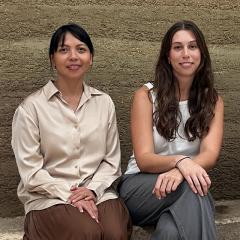Architecture student Henry Beckmann has long been fascinated by Japanese culture and aesthetics, so when an opportunity to travel there as part of his studies arose, he jumped at the chance.
Not only did he get to immerse himself in work by one of his favourite architects – Kengo Kuma – he also experienced leading architectural laboratories and collaborated with his counterparts at Tokyo Metropolitan University, gaining field research skills and new perspectives vital to tackling global architectural challenges.
Henry is one of 20 third-year Bachelor of Architectural Design students who spent two weeks in Tokyo earlier this year, on a field trip supported by the Australian Government’s New Colombo Plan scheme.
Coordinated by Dr Andrew Wilson with Dr Timothy O’Rourke, the field trip involved a workshop with students from Ito Laboratory at Tokyo Metropolitan University, as well visits to historical and contemporary sites and local architectural firms.
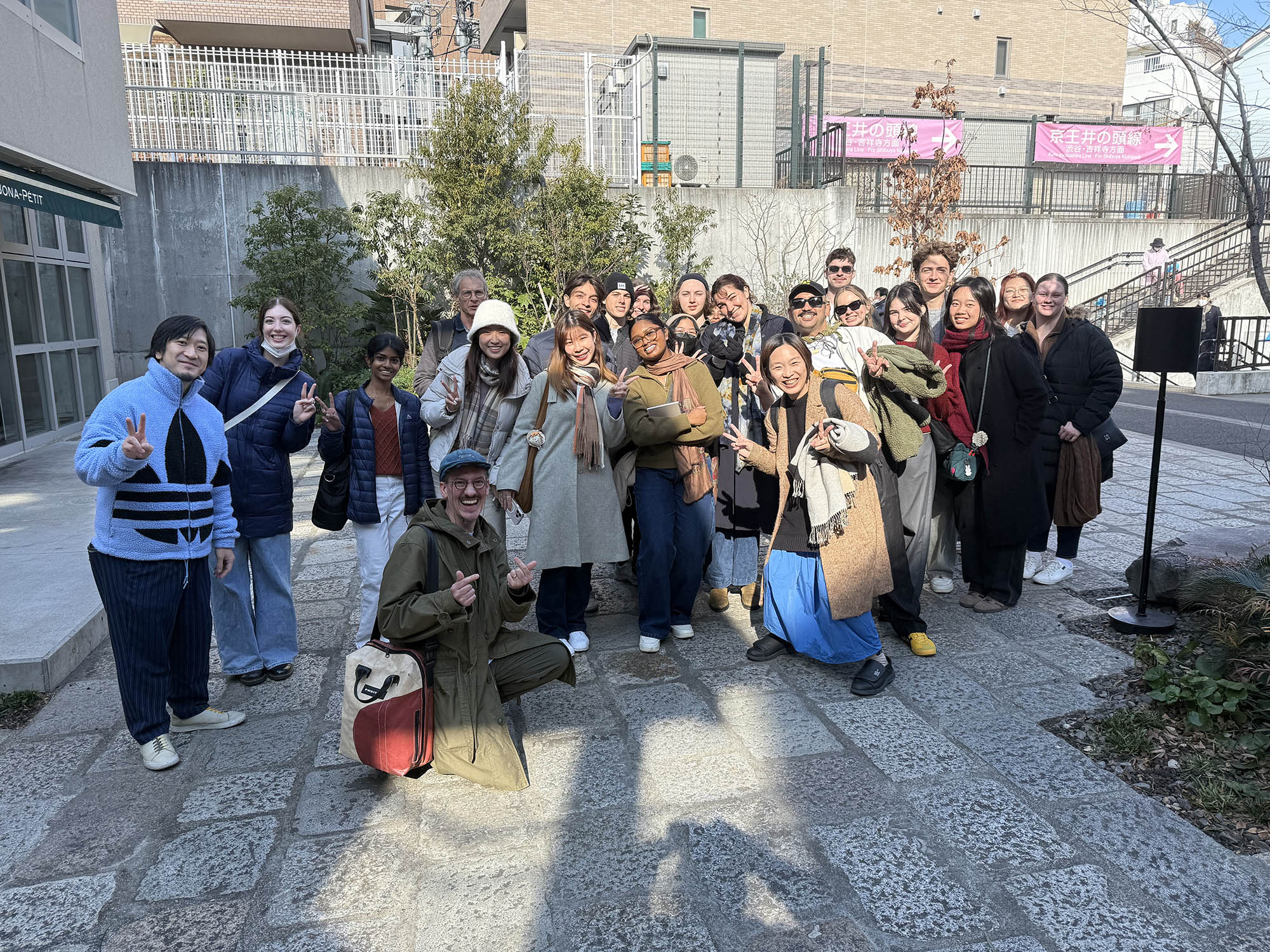
“Visiting a wide range of historical sites and contemporary projects allowed students to build their understanding of Japanese contemporary architectural culture and vernacular traditions in a process of cultural exchange,” said Dr Wilson, Senior Lecturer in the School of Architecture, Design and Planning.
“Architecture is a global enterprise, and it is important that our students experience first-hand approaches to education, research and practice as they are conducted internationally.
“This allows them to build confidence and to formulate personal approaches, contributing to architecture’s role in addressing the many pressing issues we are faced with today.”
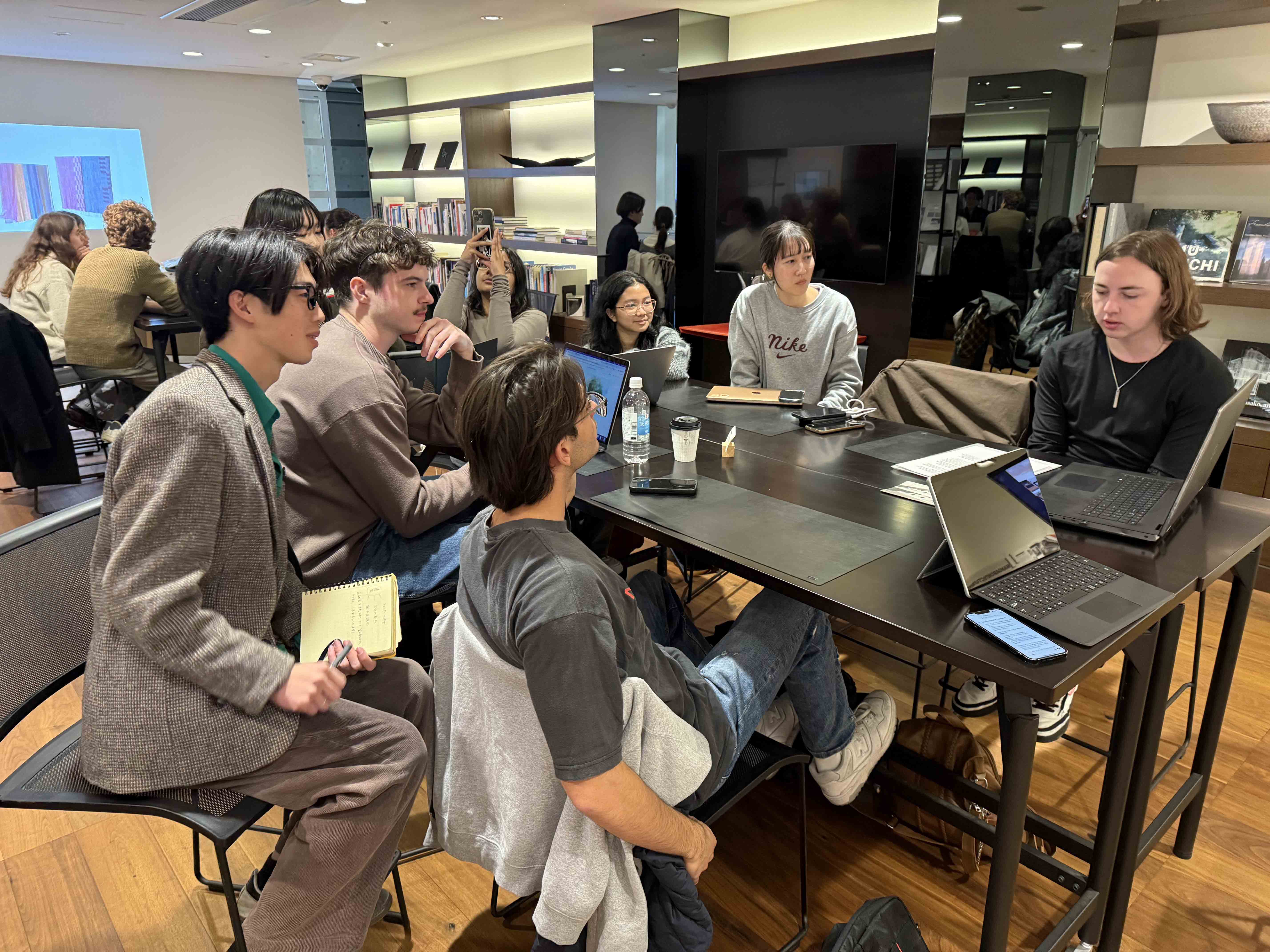
Themed “Urban Wild Ecology,” the workshop explored ecological architecture concepts established by architect and academic Fuminori Nousaku (now at the Institute of Science, Tokyo) and included trips to urban renewal projects in Shimokitazawa and Higashi-Nagasaki.
Other sites visited during the field trip included the ancient Sensō-ji Temple in Asakusa, the atmospheric grounds of Engaku-ji temple in Kamakura, the ultramodern architecture of the Omotesandō shopping street, and the offices of architecture practices including Fujiwalabo, among others.
Henry said the experience allowed him to gain a deeper understanding of architecture in the context of a large, modern city. Some of his personal highlights included visiting the Asakusa Culture and Tourism Centre by Kengo Kuma, seeing the gallery exhibitions of Claude Monet’s Japanese-themed paintings and Katsushika Hokusai’s prints, and “the amazing Japanese food and gardens.”
“I learnt a lot about Japanese architecture and culture by being immersed in it. I was especially interested in how Japanese modernist architecture flourished in Tokyo after its partial destruction in WWII, particularly the Metabolist movement,” said Henry.
“It was also a valuable learning experience in conducting field research, and a crash course in Japanese aesthetics.”
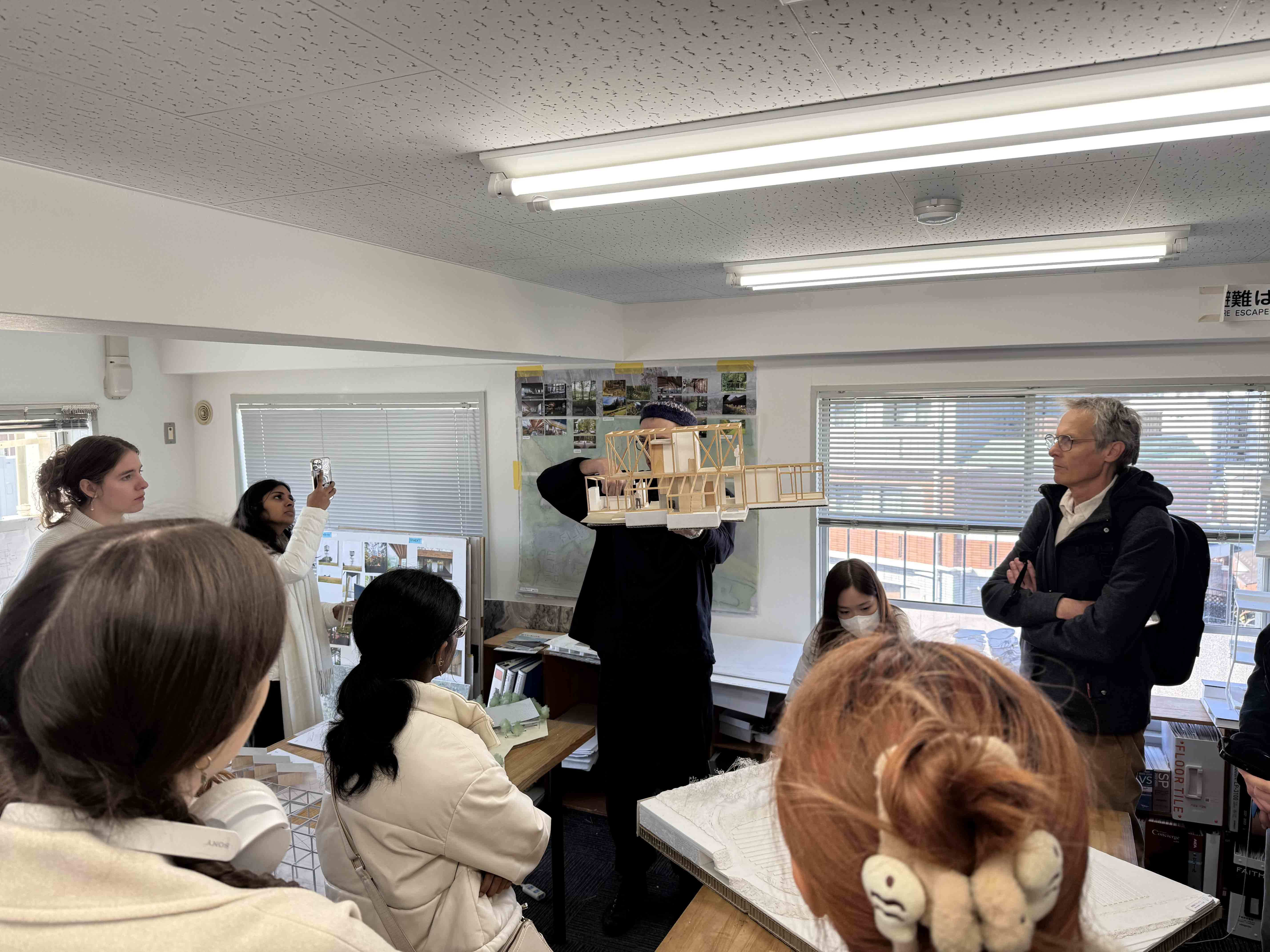
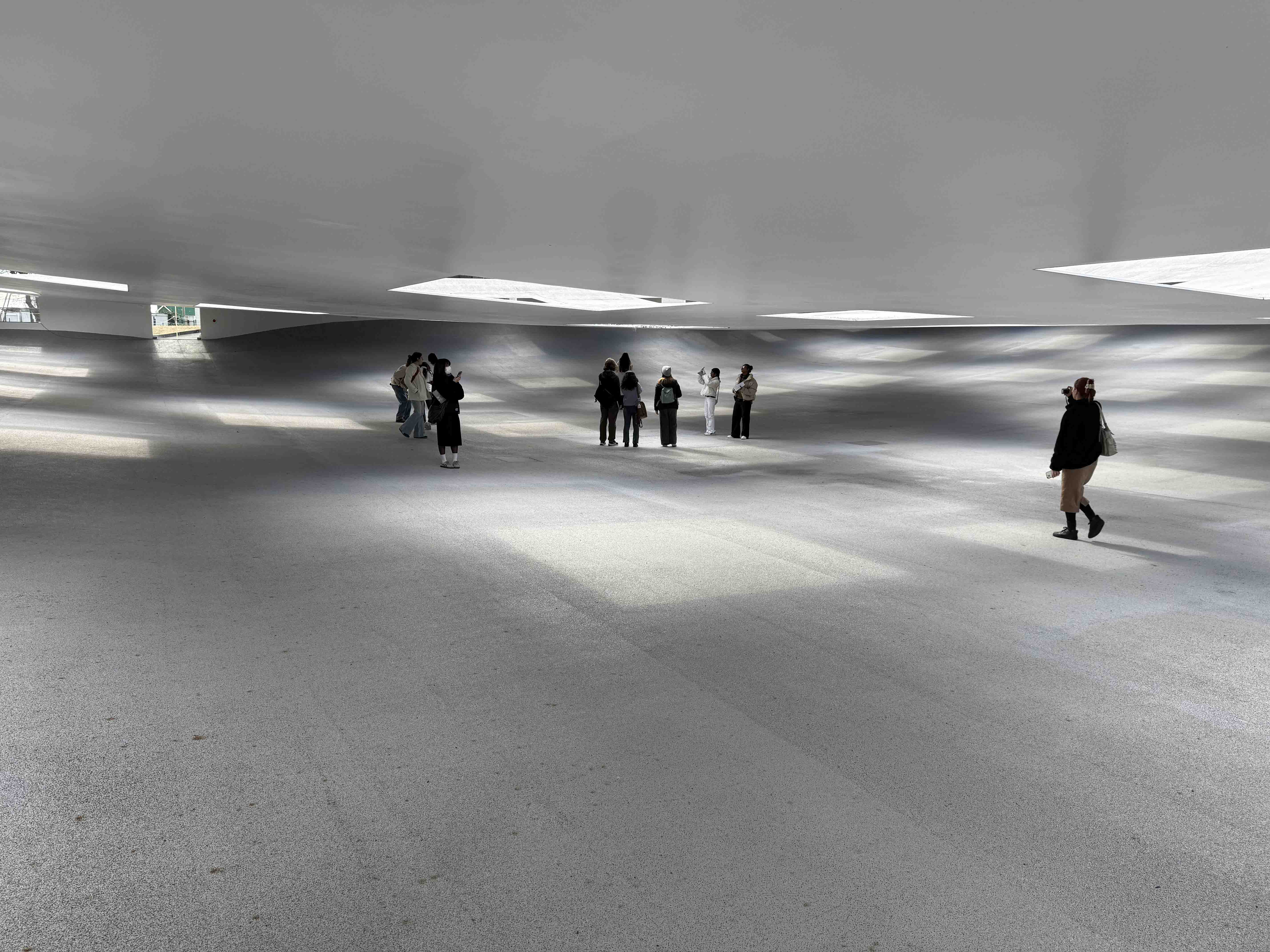
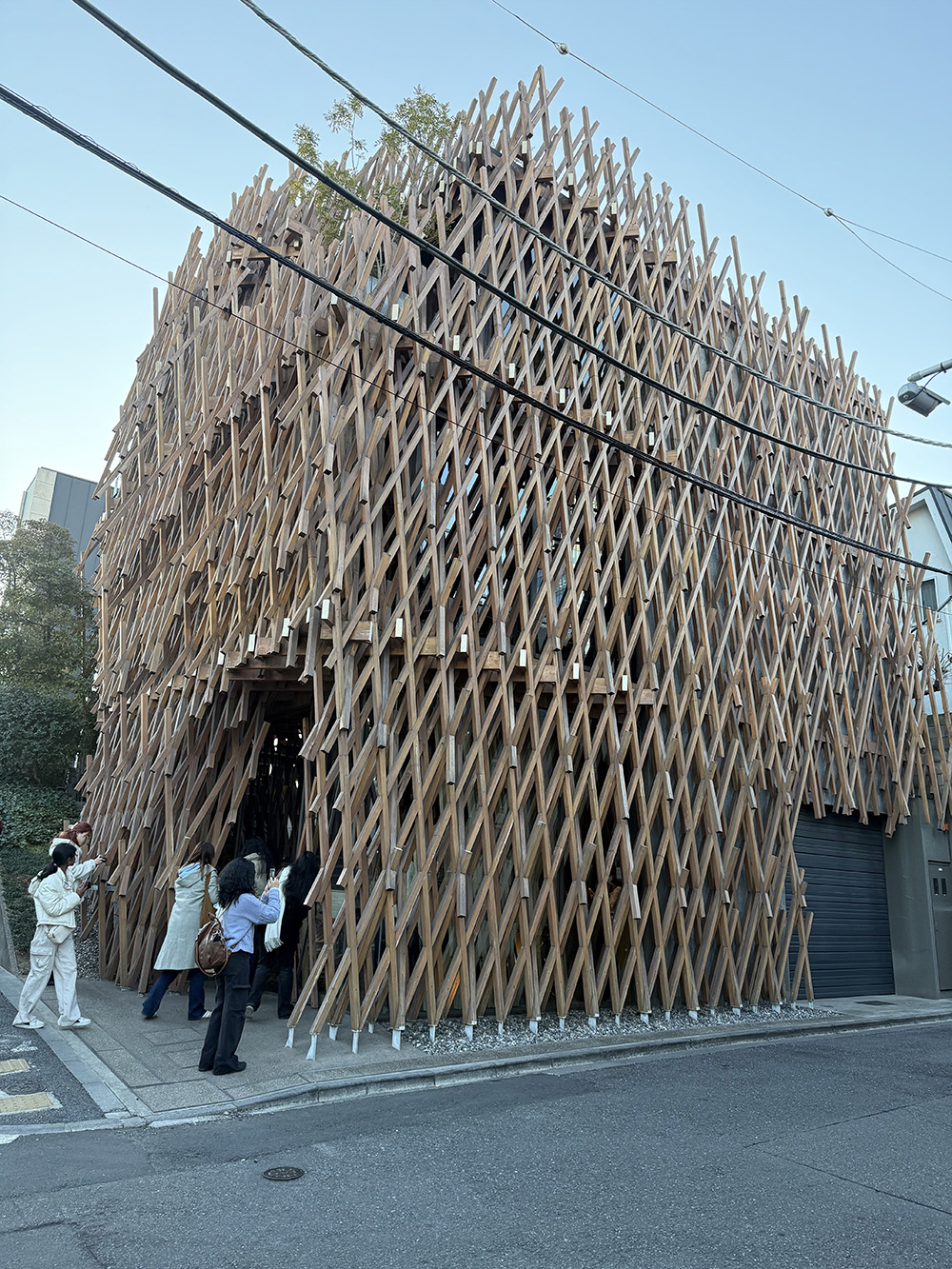
In June, a group of third-year students selected from across the Bachelor of Architectural Design, Bachelor of Design and Bachelor of Urban and Regional Planning will travel to China for a month-long field trip also supported by the New Colombo Plan.
Coordinated by Dr Dan Luo, the “New urban identity with digital heritage and social networks” field trip will take students to Chongqing, Xi’an and Tianjin as part of the Architecture Field Experience (ARCH3341) intensive course.
Dr Luo said the students will explore the transformation of historical cities in the modern digital era.
“They will examine first-hand how contemporary citizens and netizens engage with heritage urban spaces enhanced by social media and emerging technologies, shaping new interactions, programs and the evolving image of historic cities,” she said.
The students spend the first 12 days visiting Xi’An and Chongqing, analysing its cultural factors, emerging needs, spatial form and programs impacted by social media and public interactions with the site.
For the remainder of the month, the students will be embedded in an immersive learning environment, collaborating with students at Tianjin University. Supported by local academic and industry leaders, the students will work on a selected site of heritage urban fabric in Tianjin.
Images supplied by Dr Andrew Wilson.



